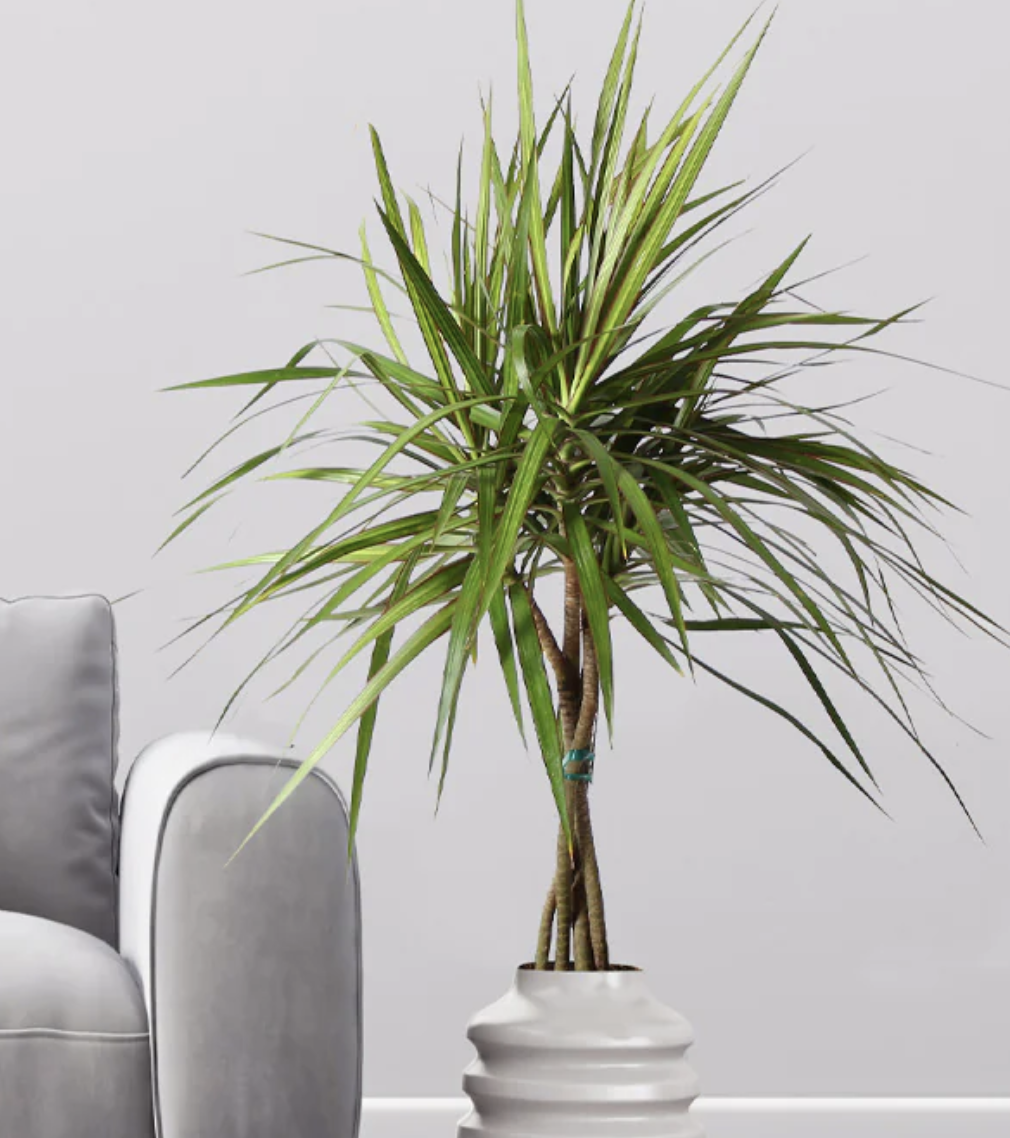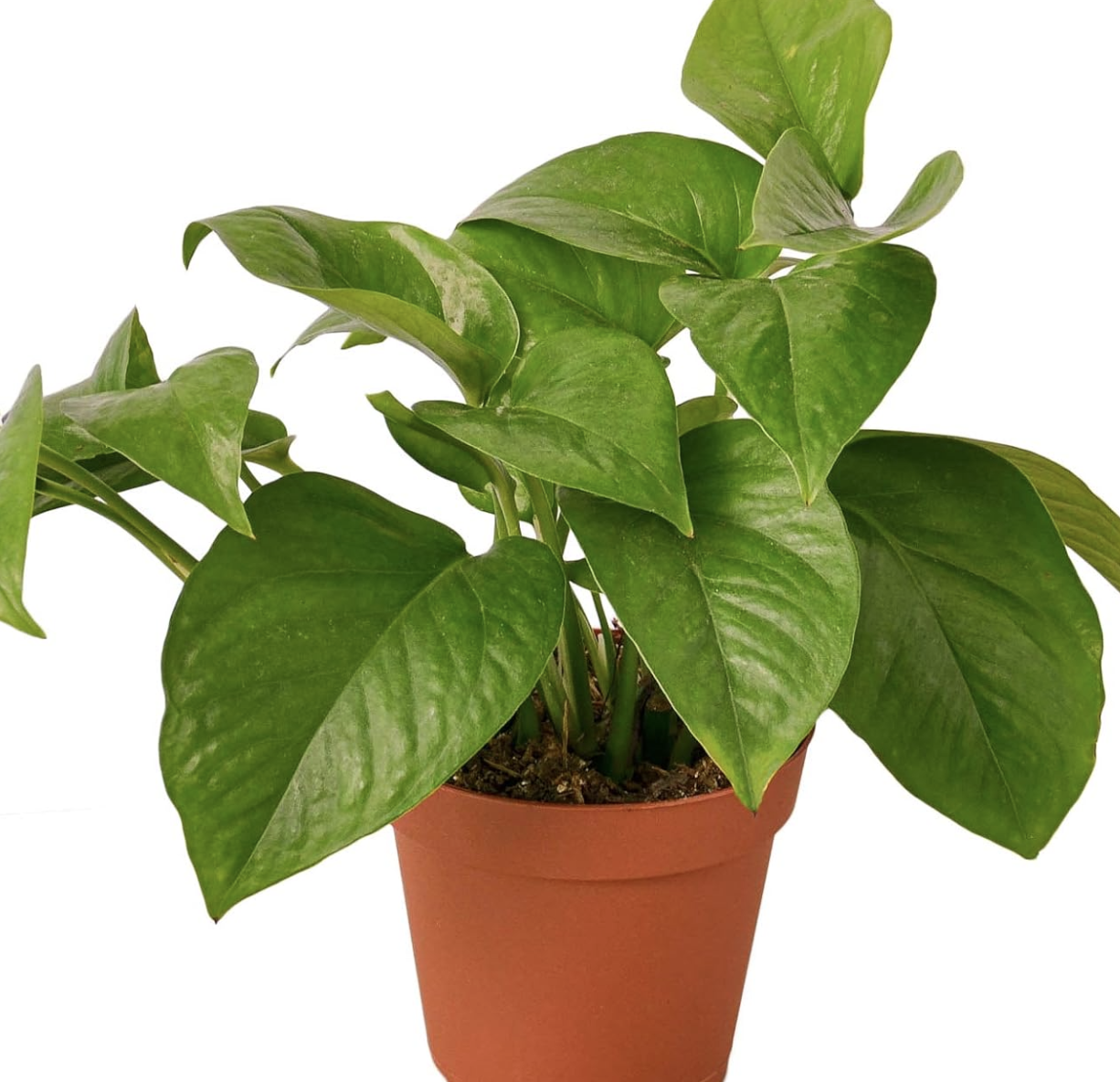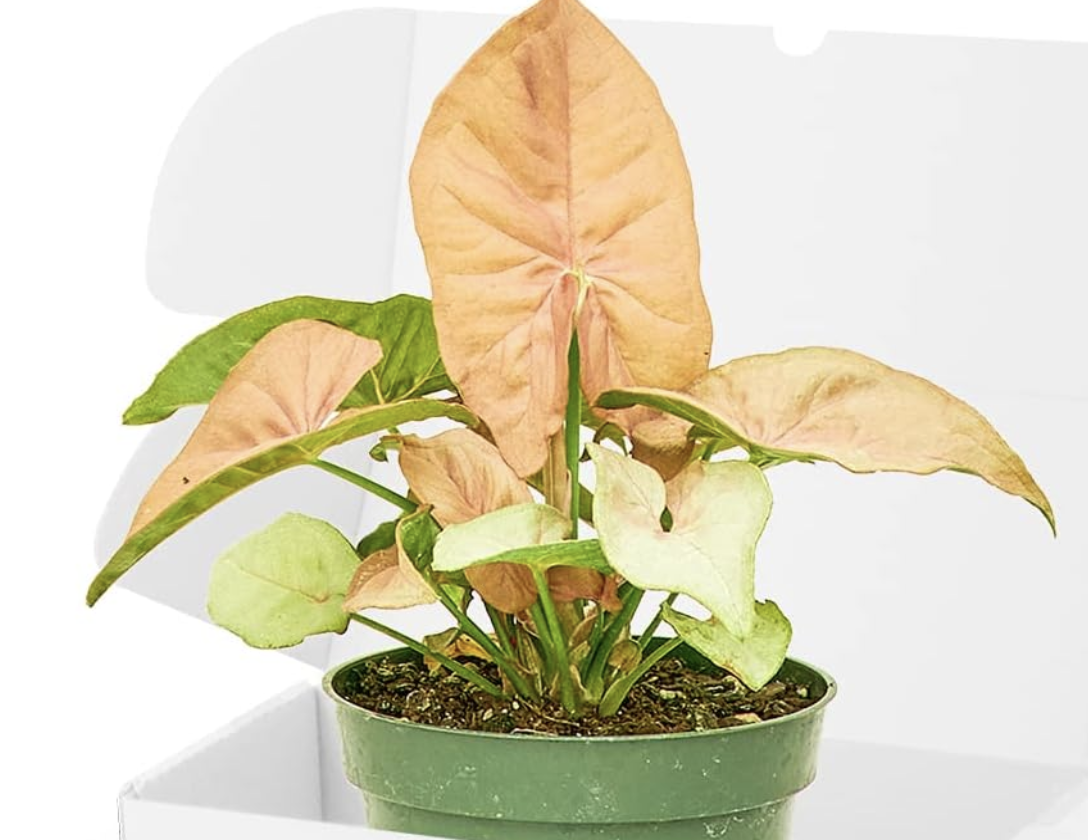Plants to Remove Mold — Perfect Bathroom Foliage to Keep Your Space Looking Fresh
Plants that prevent mold can help you have better air quality as well a space that feels lush, green and wonderful to live in
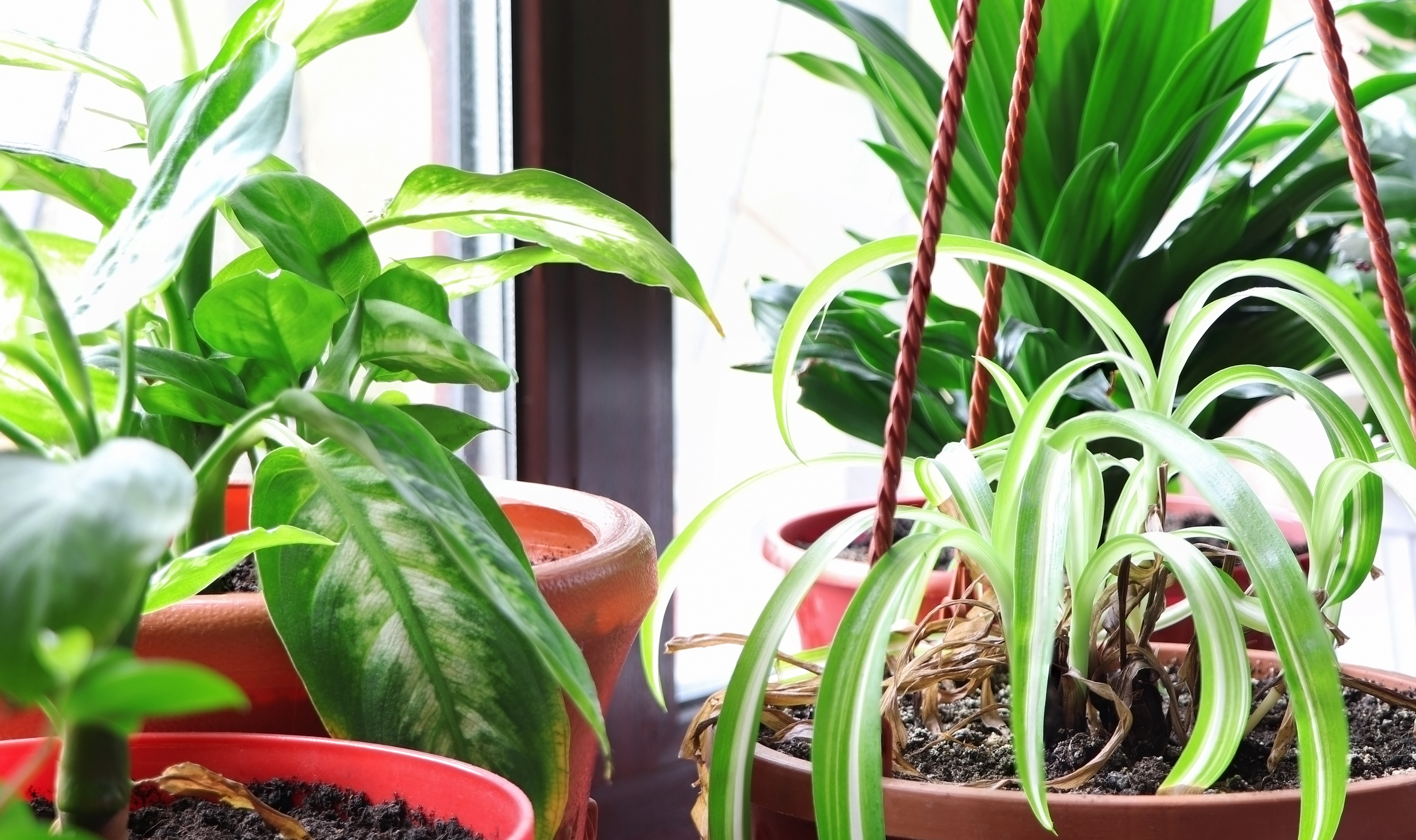
It's common knowledge that plants improve air quality by removing airborne toxins and releasing oxygen. They make our homes look and feel good too. But are there really plants that prevent mold?
Yes, according to a study by Hortscience Journal of Suez Canal University, which concluded that colonies of airborne molds were reduced by the presence of particular plants.
First, let's be clear that mold in buildings is a problem that can cause serious health issues. Its origins are often structural, whether rising damp, cracked roof tiles or insufficient ventilation. So if you have a mold problem in your home, get a damp survey and have it addressed professionally - don't just add an indoor garden.
If you don't have a mold problem and would like to prevent one, open windows regularly, avoid drying clothes indoors, fit extractor fans–and consider displaying the following plants. Not only are they an attractive addition, they have practical benefits too.
'If there is mold present in an area, these plants can help lessen the spread of spores, but it is not going to remove the mold problem,' says Tamara Hogan, plant expert at Fast Growing Trees. 'Mold needs to be addressed if people do see it.'
1. Aspidistra elatior (Cast Iron plant)
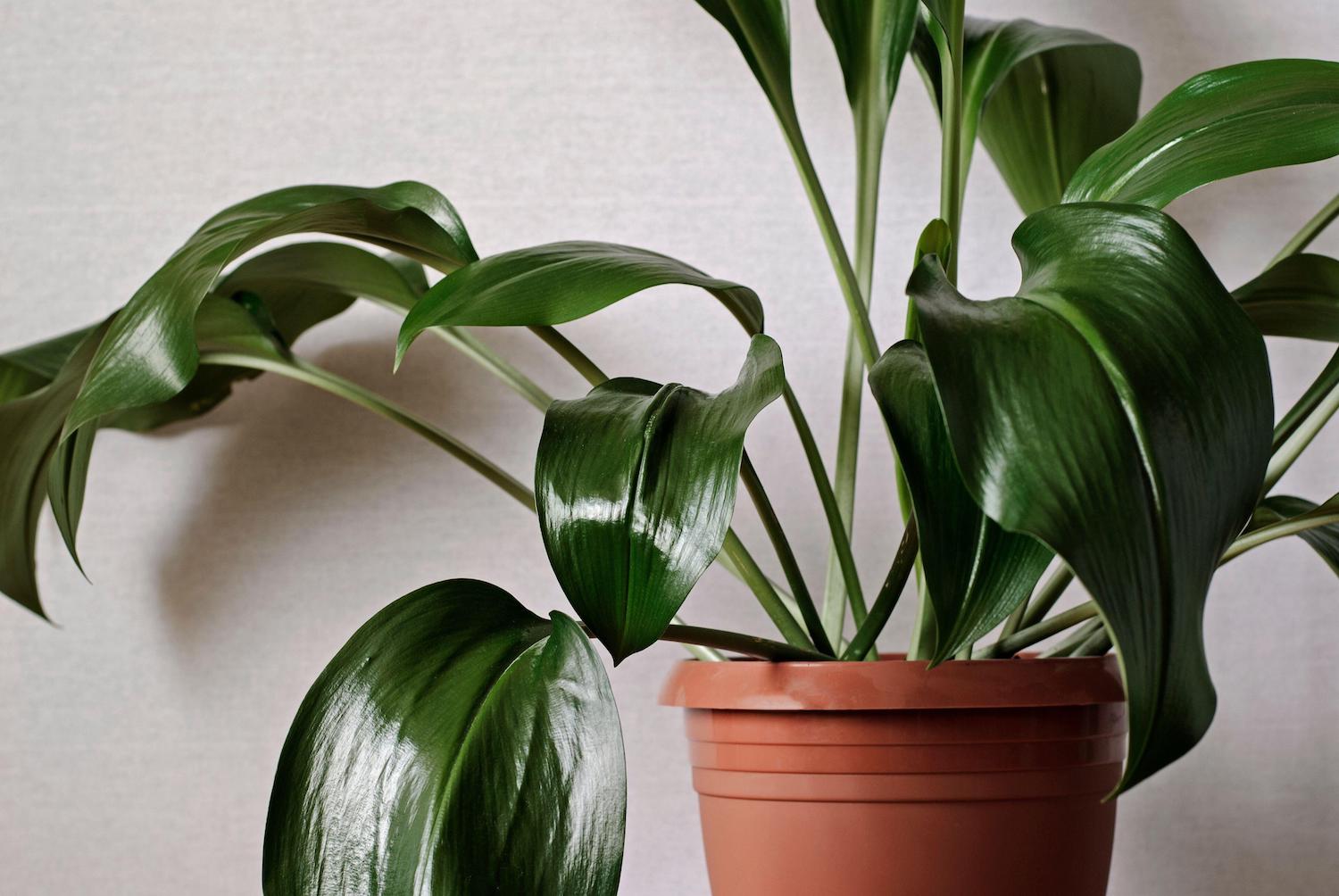
Loved by the Victorians for its tolerance to draughty hallways and choking coal fires, this plant appears to have even more secret powers than were first observed. It didn't earn its nickname as the cast iron plant for nothing.
In the Hortscience experiment, just 5.8% of the residual mold spores remained with the Aspidistra's presence. So it's certainly worth adding this plant to an indoor garden for improved air quality.
The Livingetc newsletters are your inside source for what’s shaping interiors now - and what’s next. Discover trend forecasts, smart style ideas, and curated shopping inspiration that brings design to life. Subscribe today and stay ahead of the curve.
'The Cast Iron Plant is renowned for its resilience in less-than-ideal conditions, which includes its ability to thrive in damp areas where mold might be a concern,' says George Brown, founder, Urban Leafy.
'While the direct absorption of mold spores by plants is a topic of ongoing research, the Cast Iron Plant's ability to survive in and potentially improve the air quality of moisture-prone areas makes it a practical choice.'
It's also one of the best houseplants for low light. 'Its hardiness in low light and minimal care requirements make it suitable for spaces that are prone to mold growth, such as basements or bathrooms with limited natural light.'
2. Chlorophytum comosum (Spider plant)
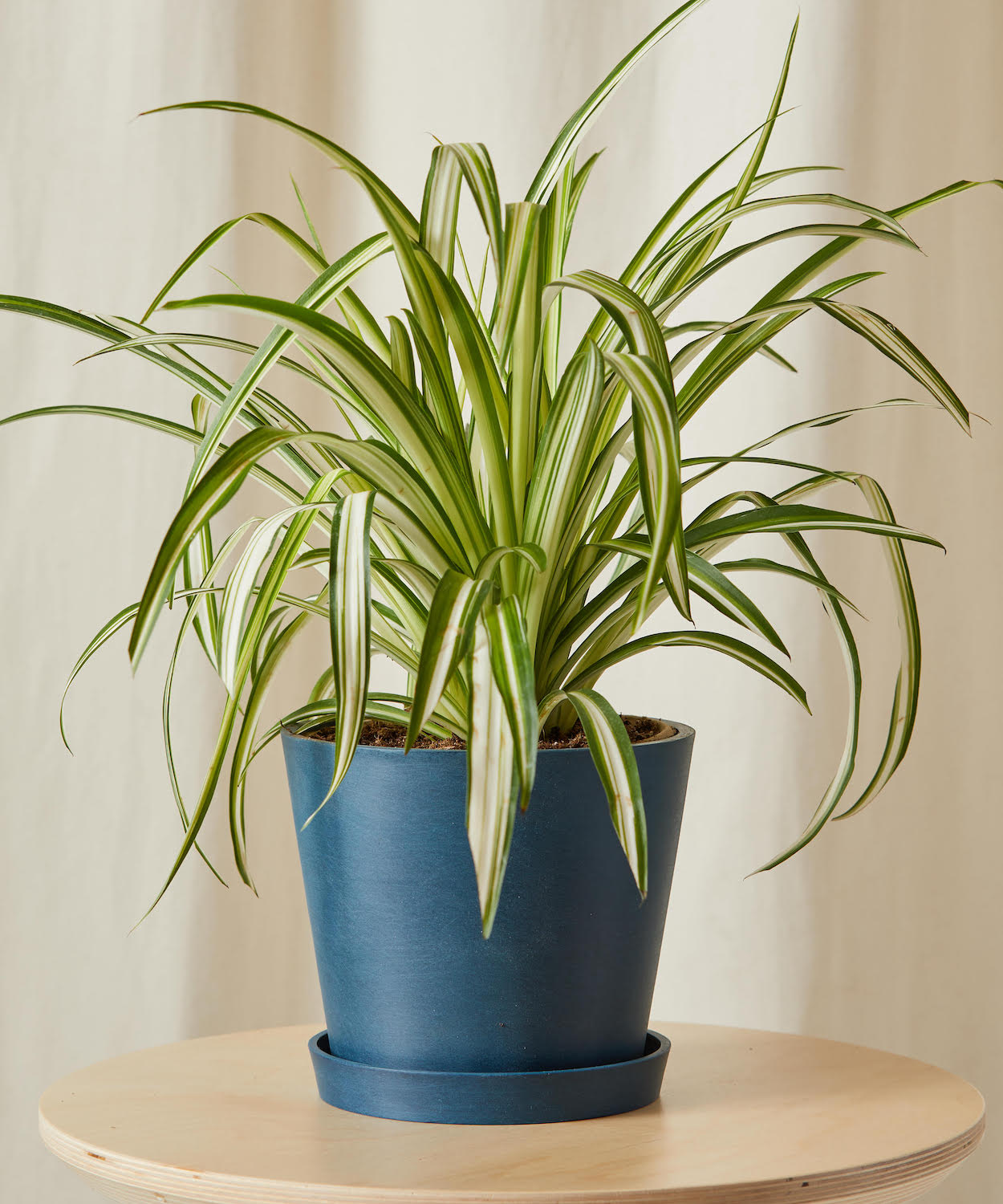
Featuring in bathrooms throughout the 70s and 80s, the spider plant has made a comeback to indoor gardens. It thrives in humid environments, hence its popularity in steamy spots like shower rooms and kitchens - it's one of the best houseplants for bathrooms.
Yet it appears its environment may benefit too, as the study seems to demonstrate, with another reduction in air-borne mold spores when the spider plant is present.
'Spider Plants are celebrated for their air-purifying qualities,' says George Brown. 'They can help reduce indoor air pollutants, including potential mold spores.
'By improving air circulation and reducing airborne contaminants, Spider Plants can create an environment less conducive to mold growth. Their preference for bright, indirect light and the need for regular watering align well with maintaining a healthy indoor environment that discourages mold proliferation.'
'Spider plants love to be in environments where humidity helps with their own propagation,' adds Tamara Hogan. 'Since they can handle being in lower light and higher humidity, they do well in those same places where we can see mold development.'
3. Dracaena marginata (Dragon tree)
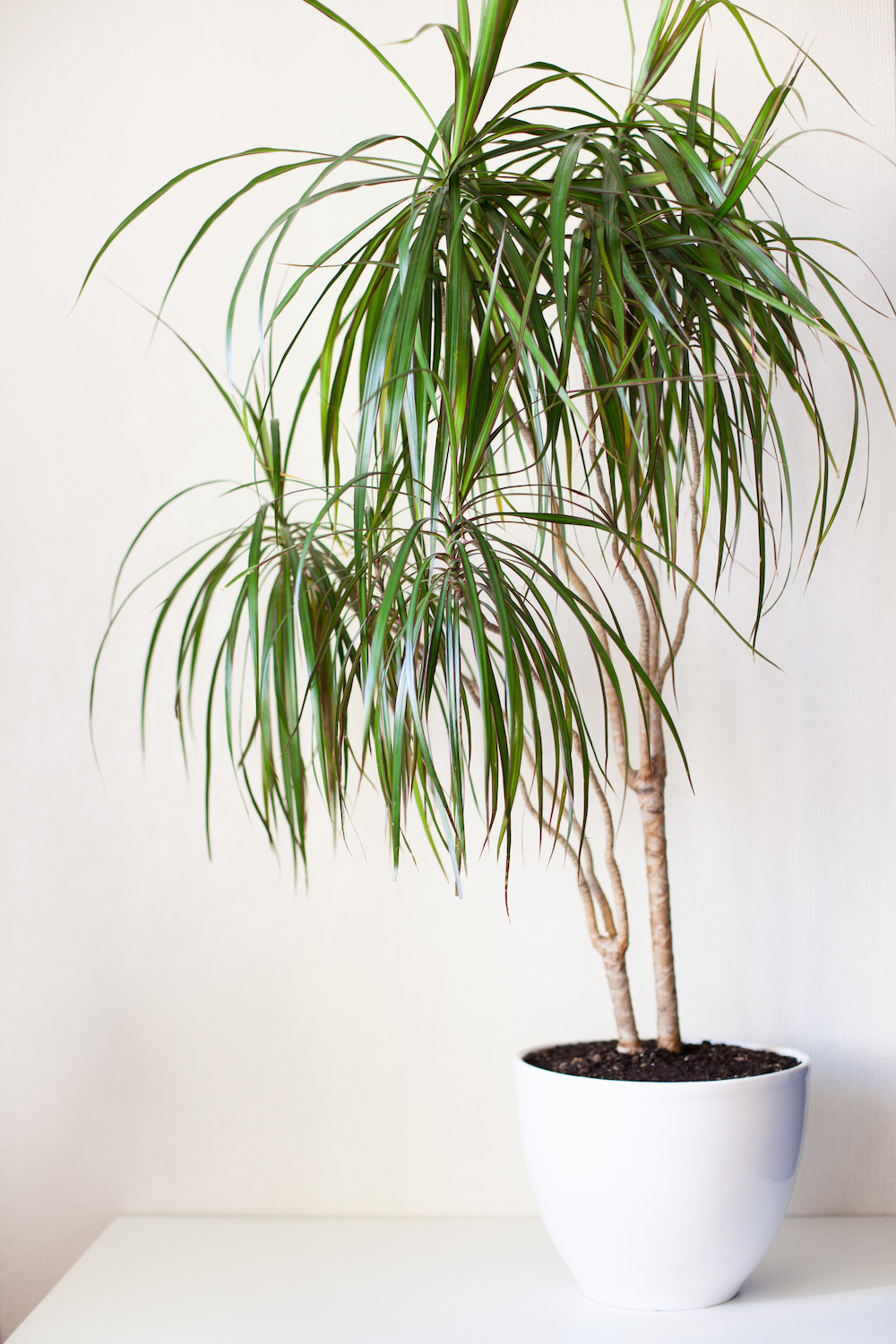
From our list of the best indoor trees we already know it's more than a profusion of pretty foliage. However, the dragon tree left a marked improvement on air quality in the study too, with a reduction in residual molds. So this is another houseplant to add to your improving indoor air repertoire.
Dracaena marginata is also one of a number of tall indoor plants that make an impact in an interior too.
'Dracaena plants are effective in removing toxins from the air,' says George. 'By purifying the air and potentially reducing the presence of mold spores, Dragon Trees can help create a healthier indoor environment.
'Their ability to tolerate indirect light and some neglect makes them a versatile choice for various indoor settings where mold might be a concern.'
4. Epipremnum aureus (Devil's ivy / Golden pothos)
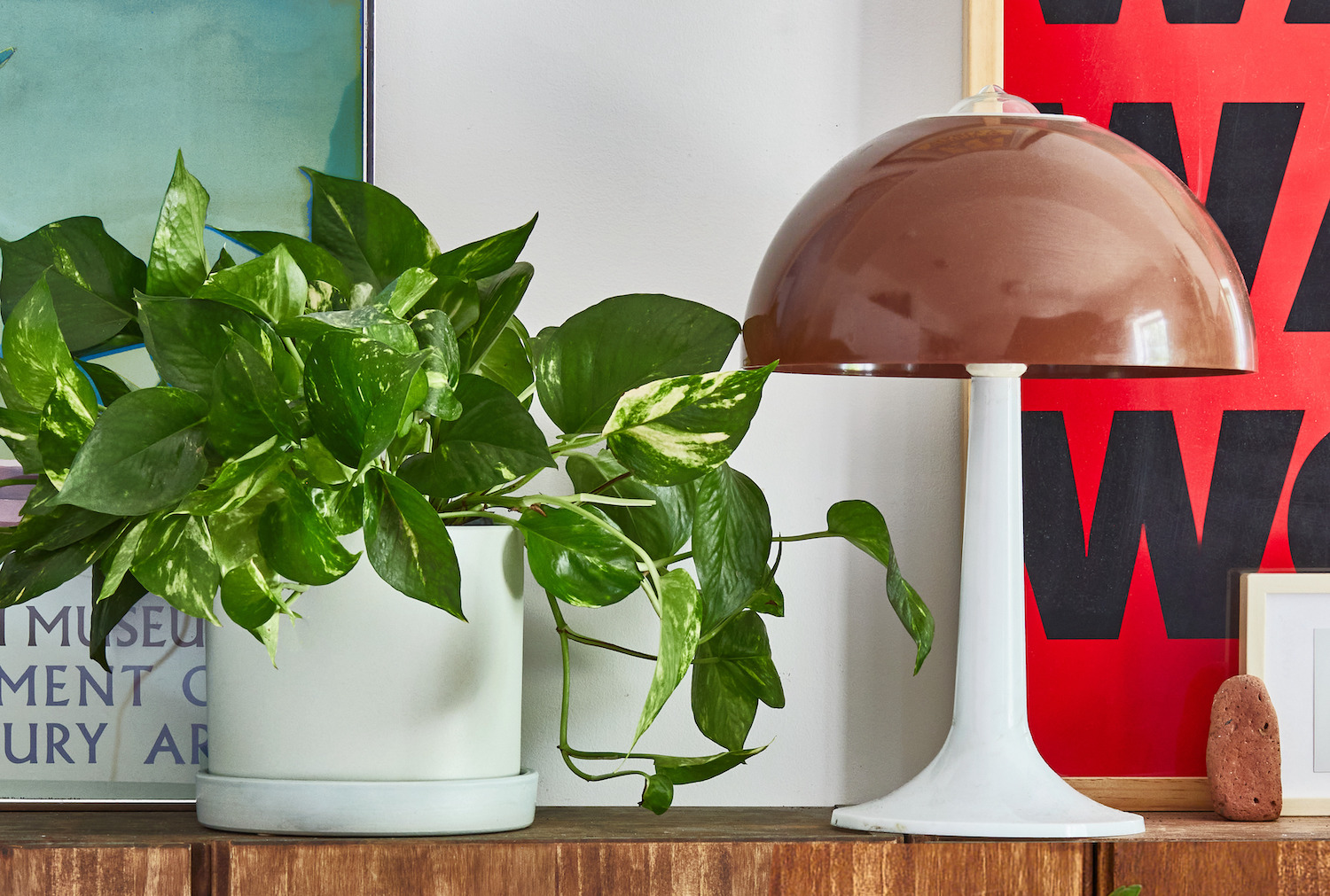
Appearing on many a low-maintenance plants list, devil's ivy is so-called for its propensity to grow–and grow.
This is one easy plant to look after; it's versatile too. As a climbing vine, it can be trained to grow up a moss pole, or left to trail and drape its vibrant variegated leaves.
It also scored best in the study, leaving just a fraction (0.4%) of the molds, (compared to 100% without any plants). So pop this fella on a surface in a steamy room and see how it fairs.
'Also known as Pothos, Devil's Ivy is recognized for its air-purifying capabilities, including the potential to absorb mold spores,' says George. 'Its adaptability to different light conditions and the ability to be grown in various ways make it a flexible option for many indoor spaces.'
'Low light plants like Pothos (Devil’s Ivy), make great air purification plants because they are functioning in a respiratory state more so than plants in high light areas,' explains Tamara Hogan.
'Because of this they usually end up in higher humidity locations within a building. Higher humidity levels can encourage the build up of mold. Devil’s Ivy can take some of those mold spores and break them down.'
5. Syngonium podophyllum (Arrowhead plant)
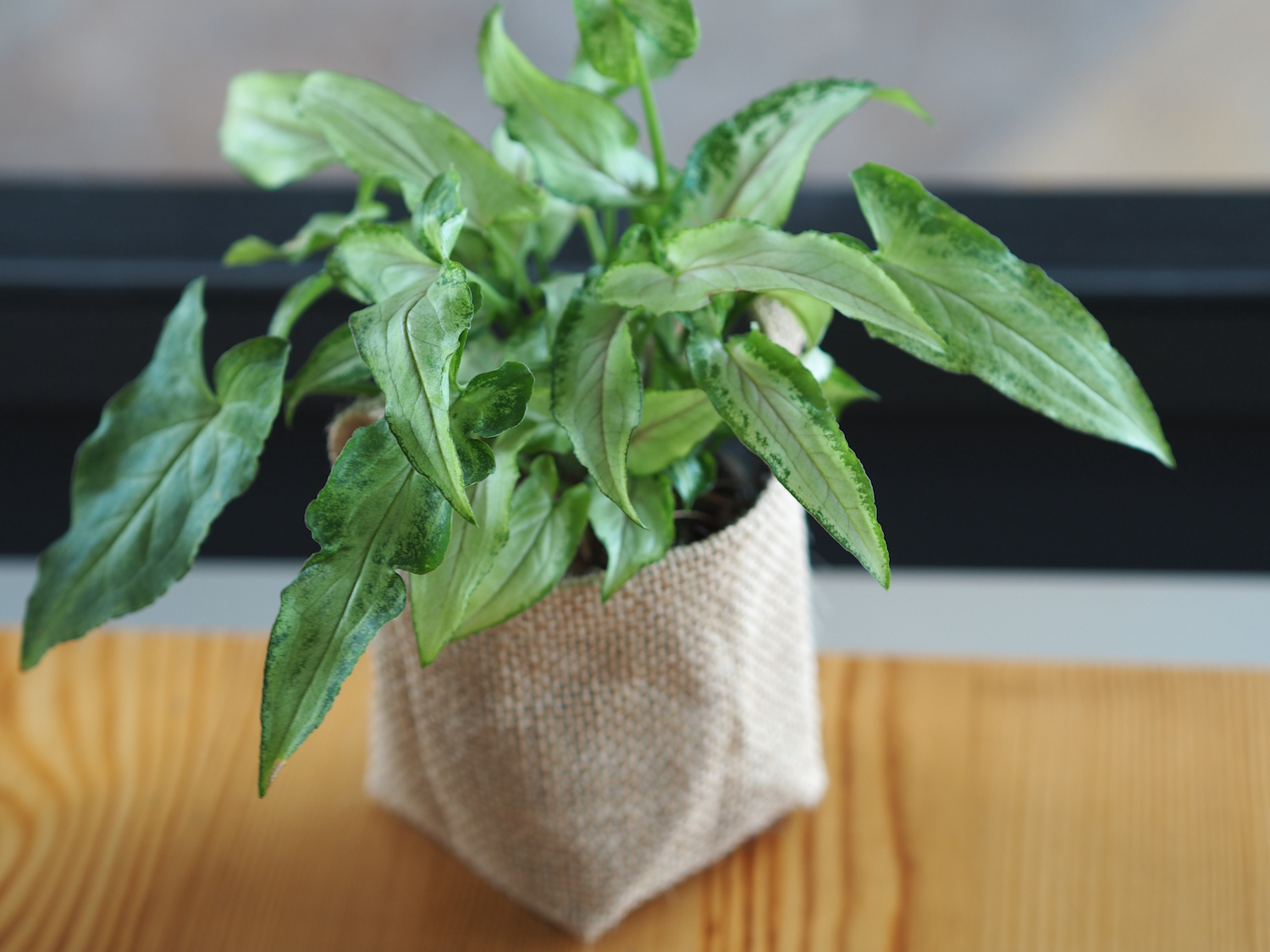
Originating from the tropical rainforests of Latin America, the Arrowhead plant likes a moist (but not soggy) potting mix and indirect light. Its beautiful variegated leaves provide interest to an indoor garden. It was also a high-performer in the Hortscience experiment.
'The Arrowhead plant's preference for humid conditions and indirect light makes it particularly suitable for areas like bathrooms or kitchens, where mold often finds a conducive environment to grow,' says George.
'Arrowheads have a very active respiratory time period,' says Tamara. 'They also tolerate humidity well so they can be put in places like bathrooms.'
Jacky Parker is a freelance lifestyle journalist and writer, producing a wide range of features for magazines and digital platforms. She has written for Livingetc and its sister titles, Homes & Gardens and Country Homes & Interiors for more than 15 years, both as a freelance contributor and as Acting Digital Editor and Acting Style Content Editor, regularly reporting on the latest interiors, gardens and wellness inspiration, speaking to experts in their respective fields, and discovering the best tips.
Jacky has also written for other publications, including Sunday Times Style, The Telegraph, Architectural Digest, House Beautiful, ELLE Decoration, Red, Grand Designs and more.


